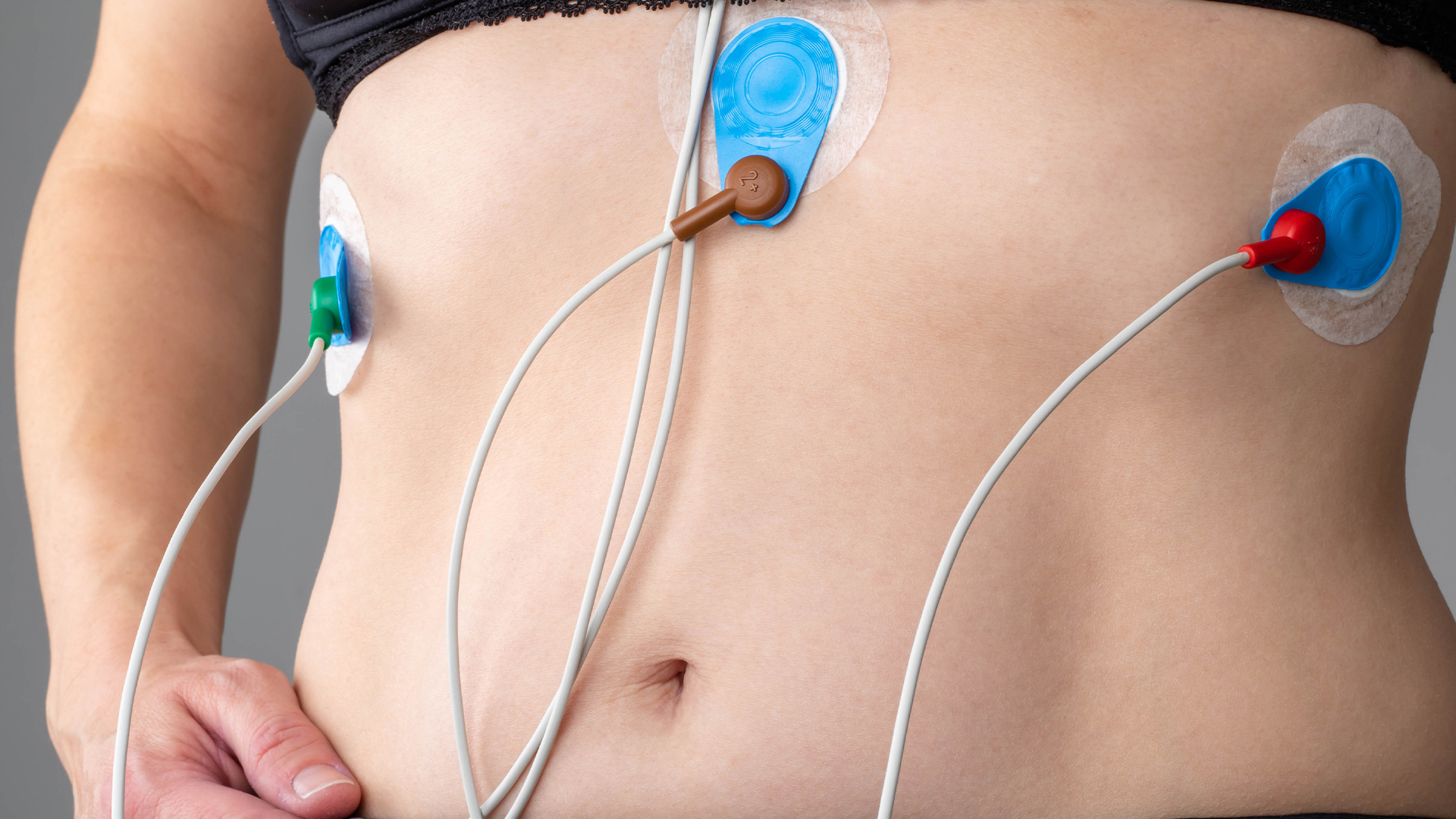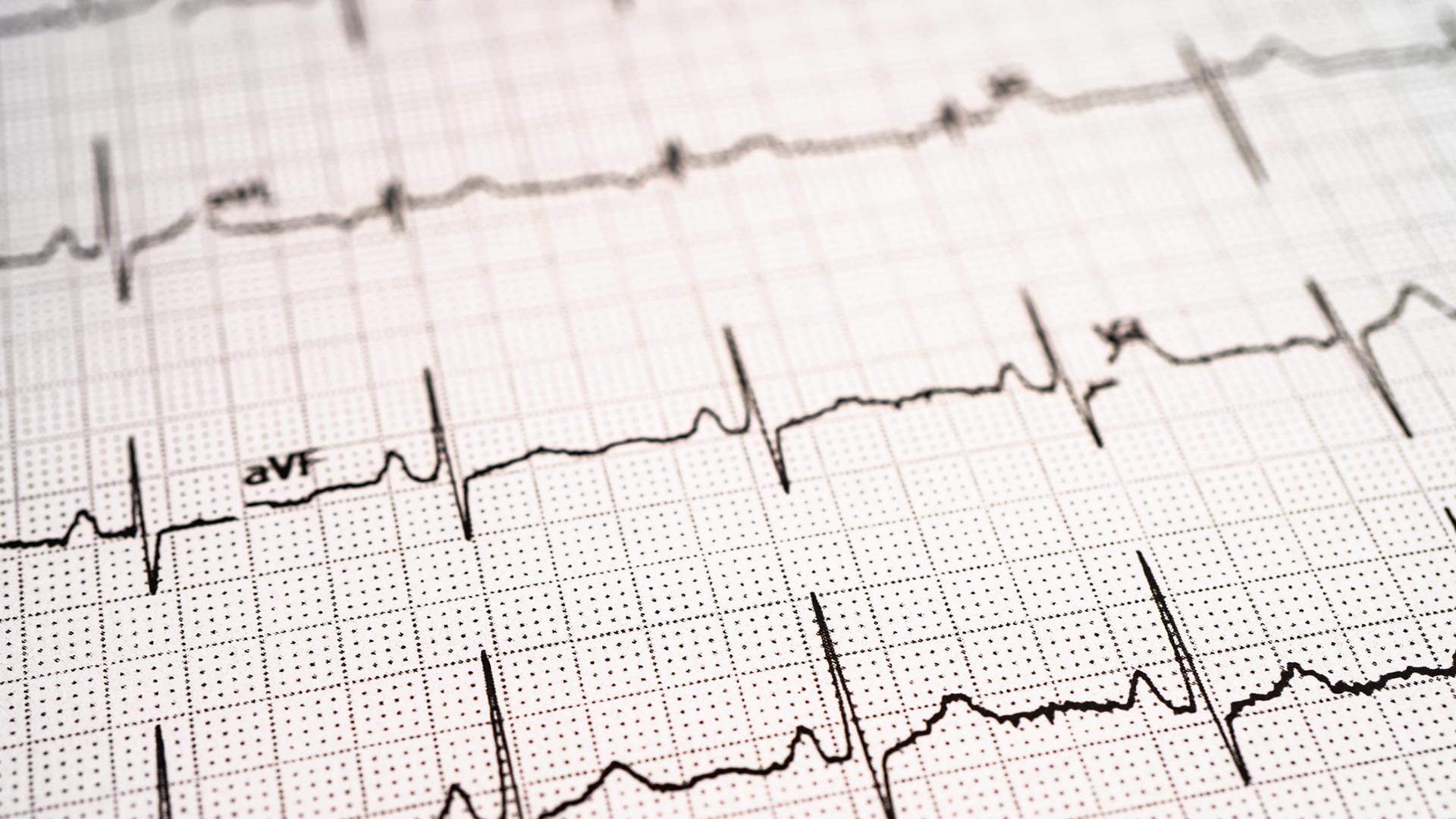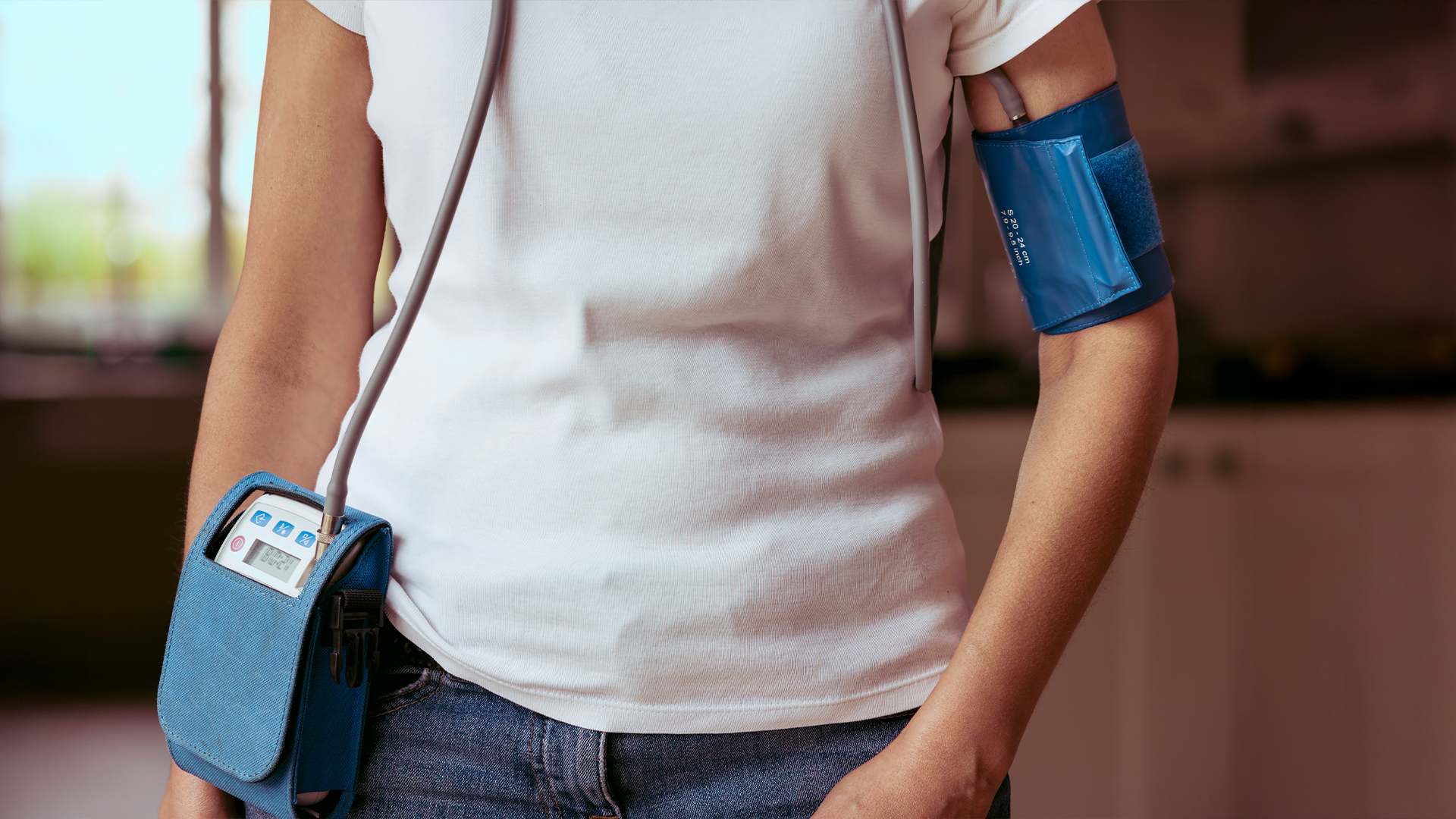In Portugal, heart disease accounts for almost one-third of deaths. Within this group, arrythmias are one of the most common and underdiagnosed causes. Furthermore, it is estimated that 40% of the Portuguese population does not know how to recognise the symptoms associated with these disorders, which increases the risk of late diagnosis and serious complications.
Cardiac event monitors can help save lives by detecting changes that often go unnoticed, especially in asymptomatic cases. Find out how they work, why they are essential for early diagnosis and how they can save lives.
What are cardiac event monitors?
Event recorders are advanced medical devices designed to monitor the heart rate over an extended period of time. The goal is to identify irregularities that often go undetected in conventional exams.
Unlike electrocardiograms (ECG) performed during a consultation, which only record a few seconds of activity, these devices offer a wider window. They are able to record sporadic or rare events that can take place over weeks, months or even years. These monitors are especially useful for patients who present sporadic symptoms, such as palpitations or fainting, but whose causes are hard to diagnose in brief evaluations.
Why are event monitors used in Cardiology?
Event monitors are used to diagnose, monitor and control heart rhythm conditions. The primary purpose is to record episodes of arrythmia or other irregularities, which can be sporadic and hard to identify in briefer medical examinations.
These devices are especially useful for patients with symptoms like palpitations, dizziness, fainting or irregular heartbeat, but whose origin is not easily detectable. The recorders help establish a clear link between the symptoms described by the patient and the cardiac irregularities, which allows physicians to make more informed clinical decisions.
In serious cases, event monitors can draw attention to risk situations and enable timely medical intervention – and even save lives.


